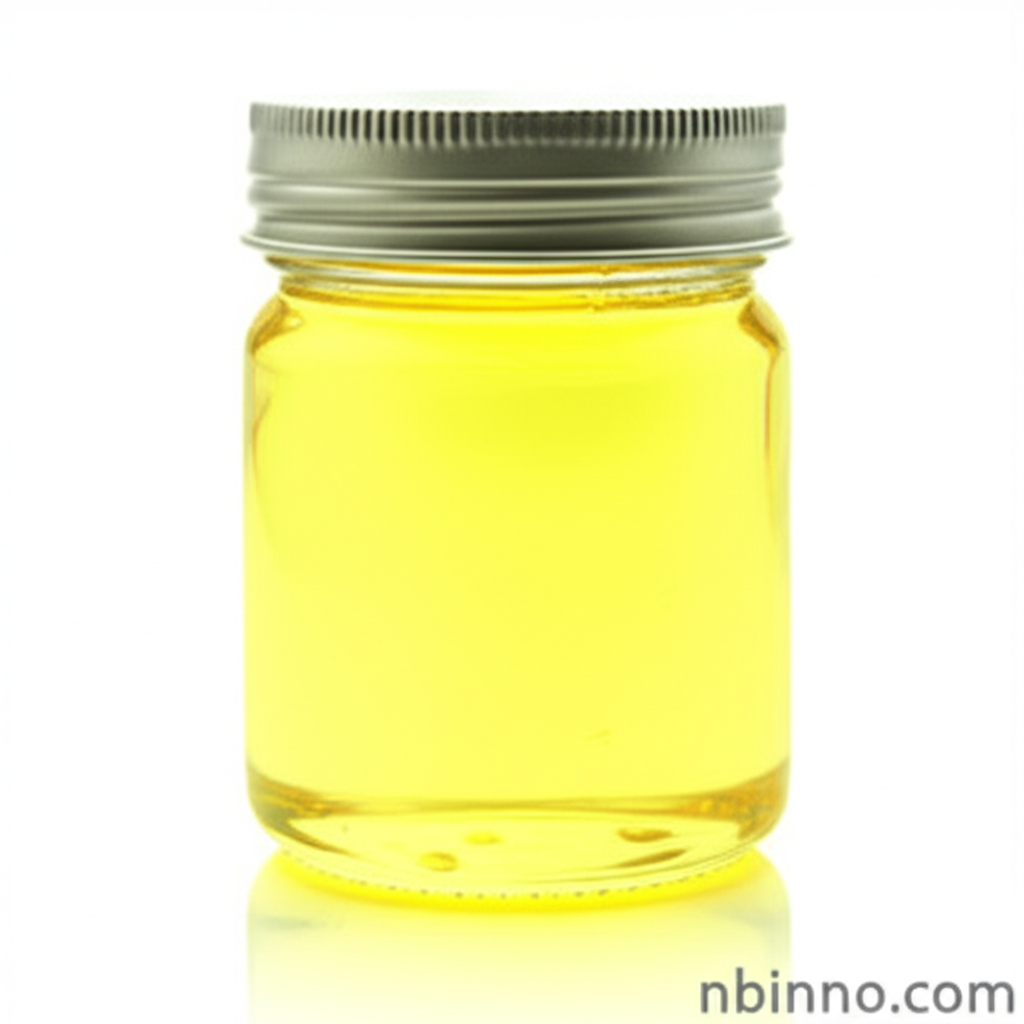Dibutyl Phthalate (DBP): Properties, Applications, and Safety Considerations
Unlock the potential of DBP for enhanced material performance and explore its vital role in modern industrial processes.
Get a Quote & SampleProduct Core Value

Dibutyl Phthalate
Dibutyl Phthalate (DBP) stands as a cornerstone plasticizer, primarily renowned for its exceptional ability to impart softness and flexibility to Polyvinyl Chloride (PVC) and other polymers. Its unique chemical structure contributes to superior stability, remarkable flexion resistance, excellent adhesion, and enhanced water resistance compared to many other plasticizers, making it an indispensable component in numerous industrial applications.
- The dibytyl phthalate plasticizer for PVC offers significant improvements in product pliability.
- Explore the diverse chemical applications of DBP in sectors ranging from coatings to adhesives.
- Understanding the properties of dibutyl phthalate is key to optimizing its use in various formulations.
- Learn about the critical health concerns of DBP and the regulatory landscape governing its use.
Key Advantages
Enhanced Material Flexibility
DBP effectively plasticizes polymers like PVC, transforming rigid materials into flexible and pliable forms, crucial for applications such as flooring and cable insulation. This improved flexibility contributes to the longevity and usability of the final products, showcasing the benefits of DBP for nitrocellulose applications.
Superior Performance Properties
With its exceptional stability, flexion resistance, adhesion, and water resistance, DBP surpasses many other plasticizers. These attributes are vital for durable coatings and high-performance adhesives, ensuring product integrity under various environmental conditions.
Versatile Industrial Use
The wide range of industrial uses for DBP, including in paints, inks, and elastomers, highlights its versatility. Its ability to improve workability and performance makes it a go-to additive for formulators seeking reliable results in their complex chemical formulations.
Key Applications
PVC Processing
DBP is the most commonly used plasticizer for PVC, imparting excellent softness and flexibility to products like flooring, wall coverings, and car interiors, demonstrating its value in PVC enhancement solutions.
Coatings and Adhesives
It serves as a crucial component in paints, lacquers, adhesives, and sealants, enhancing their workability, stability, and adhesion properties, which are vital for specialty plasticizers for polymers.
Printing Inks and Leather
DBP is utilized in printing inks and for applications in the leather industry, contributing to the desired finish and durability of these materials.
Nitrocellulose Applications
As an excellent plasticizer for nitrocellulose, DBP offers strong gelation capabilities, making it ideal for coatings and other applications where its specific softening effects are beneficial.
